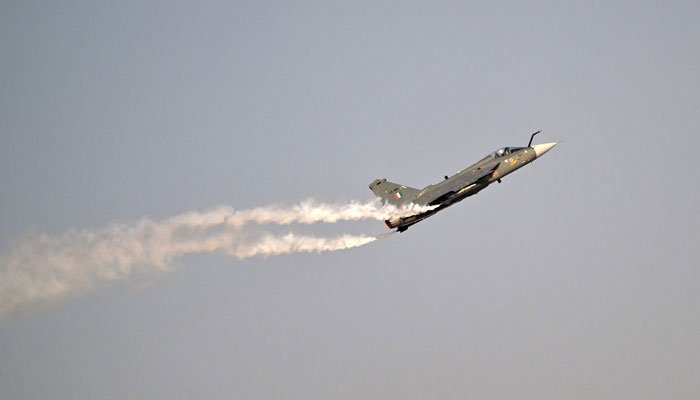Unbreachable? Assessing Missile Threats Against Advanced Multilayered Defenses
Iranian Ballistic Missiles Smartly Evade the Israeli Enemy’s Intricate and Multilayered Defense Systems, Why it matters? Upon the launch of an Iranian ballistic missile—Isfahan serving as a prototypical origin, according to military analysts from the British Telegraph—the initial line of interception is the U.S. military presence in Iraq. Potential interception sites include Ain al-Asad, Balad, Taji, or Victory bases, among the approximately 500 U.S. military installations dispersed throughout Iraq. Should the missile circumvent Iraqi airspace, French Rafale fighter jets stationed in the UAE constitute the next defensive barrier—contingent upon Saudi Arabia permitting the use of its airspace, a politically sensitive prerequisite.
Failing interception there, the USS Carl Vinson, a U.S. aircraft carrier perpetually patrolling the Gulf and outfitted with state-of-the-art missile defense systems, assumes engagement responsibility. If the Iranian missile executes evasive maneuvers to elude the carrier’s defenses, the Jordanian Air Force, supported by British Typhoon and F-35 jets operating from Cyprus, becomes the subsequent interceptor. Should the missile penetrate all these defensive layers and reach Israeli territory, Israel’s own air defense systems activate sequentially: Arrow 3 (Heetz) intercepts at altitudes near 2,000 kilometers; Arrow 2 engages between 1,500 and 500 kilometers; David’s Sling operates between 300 and 40 kilometers; and finally, the Iron Dome functions within 70 to 4 kilometers. For the Love of God, Is there any missile globally capable of breaching and neutralizing such an extraordinarily complex and layered defense architecture to precisely reach its designated target? What additional defensive measures do these blessed missiles evade? Next on the LINES. It’s Good to Know.





